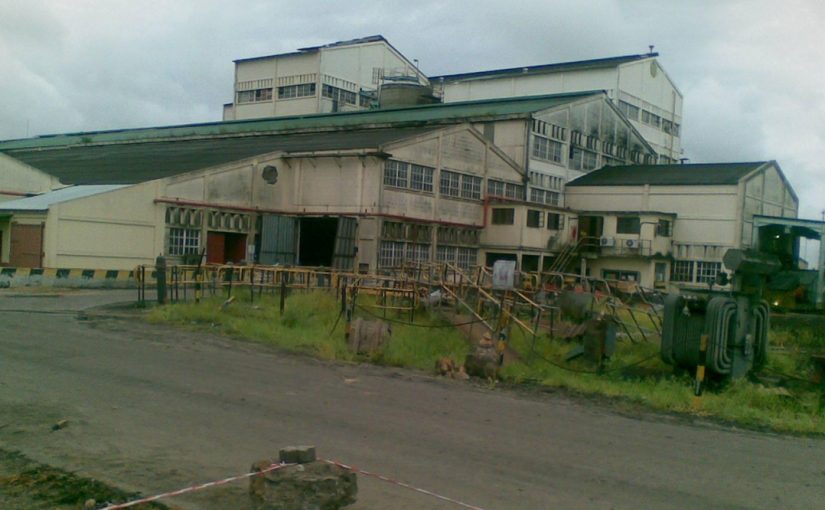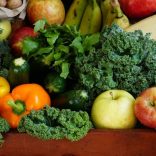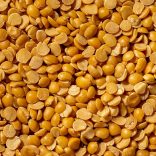Mozambique: Italy pledges to invest in agribusiness, rural development projects
Mozambique: Maragra’s two-year-long shutdown could lower sugar output in 2025-26 season – APAMO

FILE - For illustration purposes only. [File photo: Rodrigues Maombele/Facebook]
The Maragra sugar mill, located in the district of Manhiça, Maputo province, has been shut down for more than two years, after the floods in February 2023 damaged a considerable part of the equipment and affected sugarcane production, which led to the suspension of activities.
As a consequence of the factory’s shutdown, the Mozambican Sugar Producers Association (APAMO) understands that, in the current 2025-2026 agricultural season, the national market could have less sugar. However, the source said this will not affect supply or price.
In an interview with Carta, APAMO’s executive director, Orlando da Conceição, began by emphasising that despite the suspension, in previous seasons, Maragra continued to supply the national market with sugar produced before the floods. However, for the 2025-2026 season, there may be less sugar in the national market.
“Perhaps we will face some challenges this season, because until last year Maragra sugar mill still managed to have some sugar on the market. However, for this year, we will probably have less sugar because Maragra’s production forecast is zero,” Conceição said.
He stressed that the suspension of Maragra Sugar Mill will not create disruptions in industry supply or affect the final consumer price. “Even without Maragra, we will manage to satisfy the national market. But what might happen is that we could have less sugar than in previous seasons,” he reiterated.
READ: Mozambique: Maragra sugar mill operation postponed
Mozambique: Maragra Sugar could resume operations in 2026 – Manhiça mayor
Mozambique: New investors to take over Maragra Sugar Company – AIM
In terms of balance, APAMO’s executive director reported that in the previous season (2024-2025), the sugar industry produced 228,400 tonnes of sugar, compared to 210,800 tonnes recorded in the 2023-2024 season.
Despite Maragra’s activity suspension, the source stated that for the current agricultural season the industry expects to produce 245,600 tonnes of sugar, 17,000 tonnes more than in the last season.
According to Orlando da Conceição, of the quantities produced each year, more than 50% are sold on the national market and the remainder (surplus) is exported.
The 2025-2026 agricultural season started on 13 November, with the launch at Mafambisse Administrative Post, Dondo district, Sofala province, overseen by the President of the Republic, Daniel Chapo, under the motto: “Working the land is creating wealth for Mozambique”.
On this occasion, Chapo called for the transformation of subsistence agriculture into modern, productive agriculture capable of feeding Mozambique, highlighting that the sector is the “backbone of the economy” and the livelihood of more than 70% of the population.
Among the main production targets are: 3.4 million tonnes of cereals (a 7% increase); 929,000 tonnes of legumes, with emphasis on butter beans; more than 10 million tonnes of roots and tubers, including a 5% increase in cassava; 180,000 tonnes of cashew nuts, representing a 13% increase; a 5% rise in cattle and 26% growth in egg production, including the expansion of soybean production, essential for national poultry farming.
The Head of State reaffirmed the Government’s commitment to building an inclusive, sustainable and competitive agricultural sector, based on four strategic pillars: food sovereignty, agro-industrialisation, agricultural digitalisation and sustainable management of natural resources.
Chapo also highlighted the importance of youth, rural women and the private sector as drivers of the new economic independence, underlining that “independence is built with work, innovation, determination and courage”.
By Evaristo Chilingue












Leave a Reply
Be the First to Comment!
You must be logged in to post a comment.
You must be logged in to post a comment.